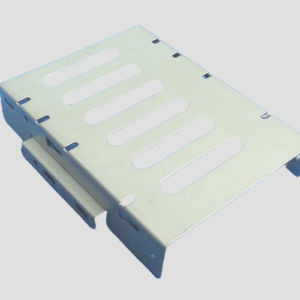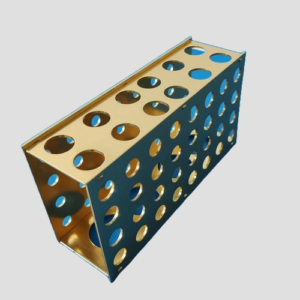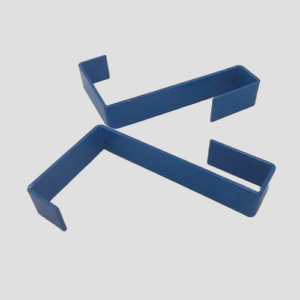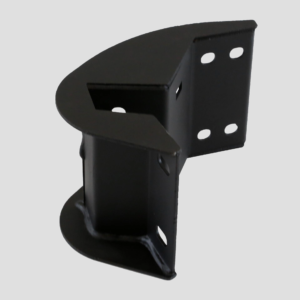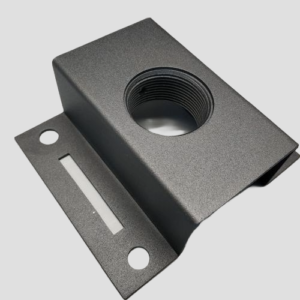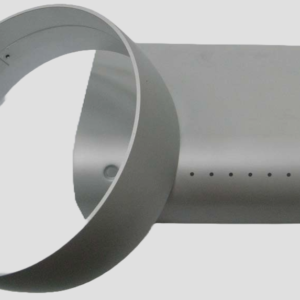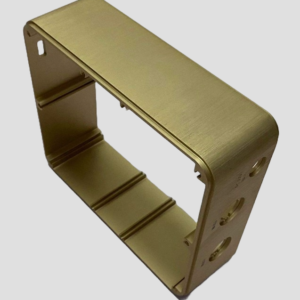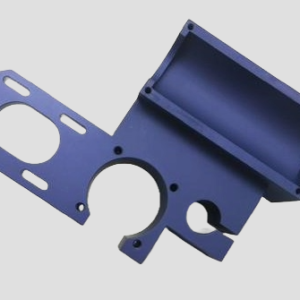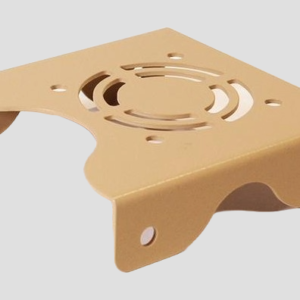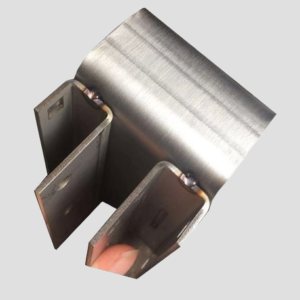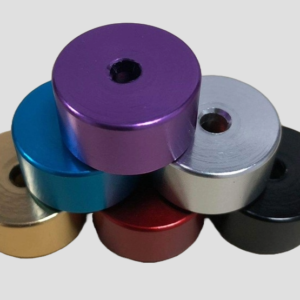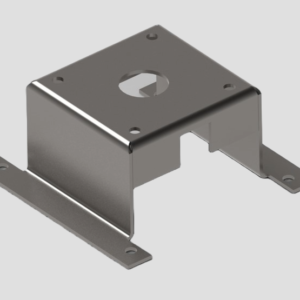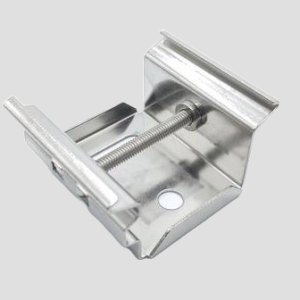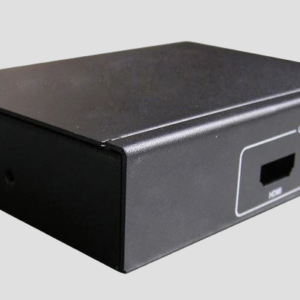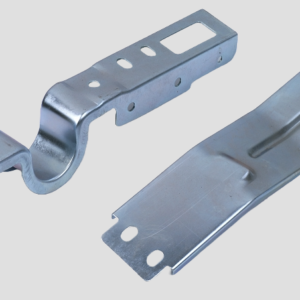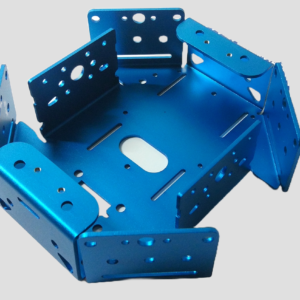

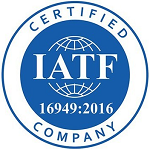
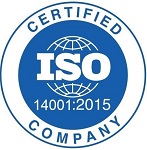
Sheet Metal Fabrication
What It Is
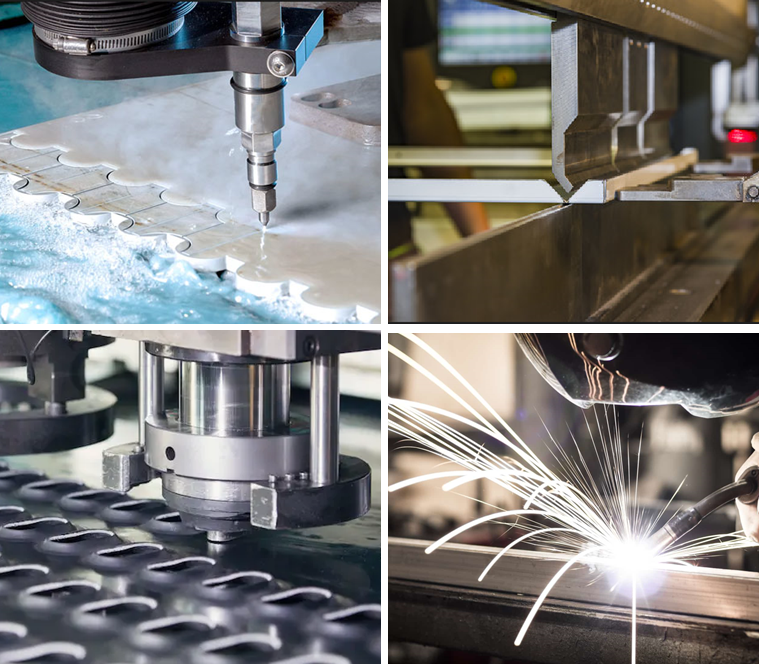
Sheet metal fabrication is the process of turning flat sheets of steel or aluminium into metal structures or products, typically by cutting, forming and joining.
Sheet metal fabrication is widely used across various industries, including automotive and transportation, industrial machinery, medical equipment, consumer electronics and so on, which is valued for its versatility, durability, and the ability to produce complex and precise components.
The wide range of techniques and tools available in sheet metal fabrication allows to produce a diverse array of products, from simple brackets and enclosures to intricate machine parts and complex assemblies.
Sheet Metal Fabrication
Our Process Capability
Cutting

- Separate sheet metals
- Laser cutting: fast and pricise
- Waterjet cutting: for thick materials
- Plasma Cutting: low cost
- Punching: cost-effective
Forming
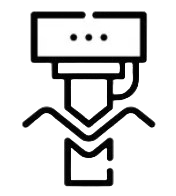
- Deform the sheet metals
- Bending: roll/V/U-bending, etc
- Stamping: for wide range of materials
- Spinning: for shape cone, cylinder, etc
- Hemming: for various hems
Welding

- Join the sheet metals
- Metal Inert Gas (MIG) Welding
- Tungsten Inert Gas (TIG) Welding
- Stick Welding
- Plasma Arc Welding
Sheet Metal Fabrication
Our Default Tolerances

- Noted dimensions are to be taken while the part is in the restrained condition.
- Noted dimensions are for parts within a 12-inch envelope.
- Dimensions D, E & H are not a recommended form of dimensioning.
- These tolerances are recommended and best practices.
- Tighter tolerances are possible (depending on part geometry/ construction).
Sheet Metal Fabrication
Our Surface Finishing

Powder Coating
Powder coating is applied as dry powder through an electrostatic process, which is well known for providing high-quality finishes in terms of both functionality and overall look.

Brushing
Brushing is achieved using a wire brush or abrasive pad to create those lovely lines known as “grain”. The result is a visually appealing that is resistant to scratches and fingerprints.

Bead Blasting
Bead blasting uses tiny spherical beads of plastic, glass, or other material to remove impurities from a metal’s surface. The impact of the beads removes contamination without damage.
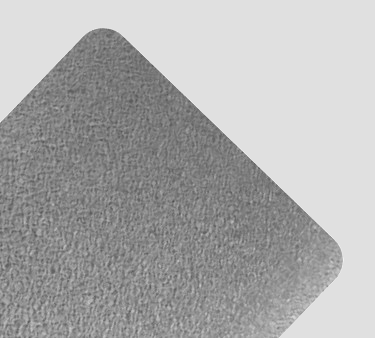
Electroplating
Electroplating results in a thin layer of metal being deposited onto the surface of a workpiece. It can be used to give objects increased wear resistance, corrosion protection or aesthetic appeal, as well as increased thickness.

Anodizing Type II
Anodizing type II, or regular anodize, has the most widely applied solution containing sulfuric acid, providing a moderately thick coating.The color anodizing effects can produce colors like black, red, blue, green, grey, brown, and so on.

Anodizing Type III
Anodizing type III is also achieved with sulfuric acid based electrolyte, but with a much thicker, denser coating. This process is meant for components that are subject to extreme wear or highly corrosive environments.
Sheet Metal Fabrication
Product Gallery
Industry Applications
Automotive

Industrial Machinery

Renewable Energy
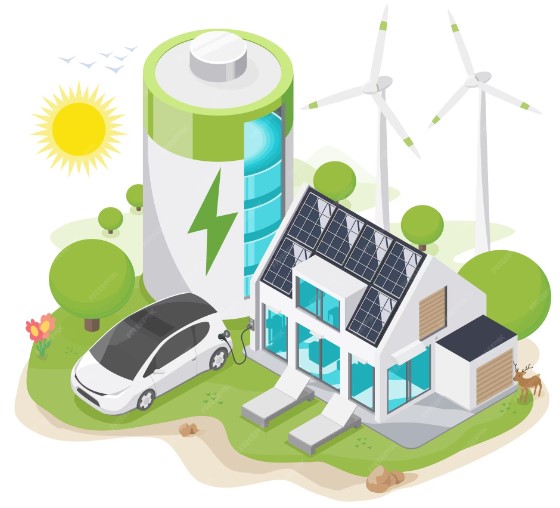
Medical & Healthcare

Consumer Products & Electronics
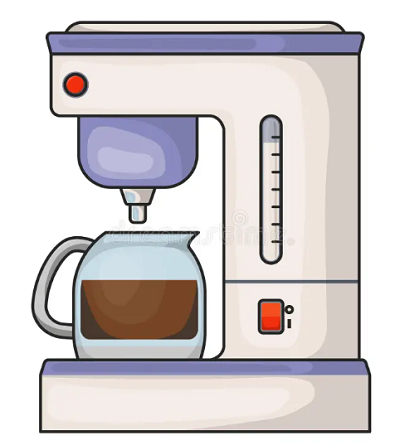
Sheet Metal Fabrication
Material Selection
| Type of Material | Material | Key Features | Applications |
|---|---|---|---|
| Aluminum alloy | 5754 | It boasts excellent corrosion resistance, especially in marine environments. Also known for its high strength and weldability. | Automotive industry, shipbuilding, and paneling. |
| Aluminum alloy | 5083 | Known for its exceptional strength, this alloy has superb resistance to seawater corrosion, making it a prime choice for marine applications. It also offers excellent formability. | Marine structures, shipbuilding, rail cars, and vehicle bodies. |
| Aluminum alloy | 7075 | This alloy is celebrated for its high strength-to-weight ratio. It’s also known for good fatigue strength and average machinability. | Aerospace components, bicycle frames, and rock climbing equipment. |
| Stainless Steel | 304 | This grade is the most common form of stainless steel due to its excellent corrosion resistance and weldability. | Kitchen equipment, architecture, and automotive components. |
| Stainless Steel | 316L | With added molybdenum, 316L provides better resistance to chlorides (like sea water) and is more corrosion-resistant than 304, especially in high-saline environments. | Marine applications, chemical equipment, and pharmaceuticals. |
| Carbon Steel | S235 | This grade of carbon steel is soft, pliable, and easy to weld. It’s suitable for simple structural applications. It has low carbon content, which means it’s more ductile than higher carbon steels. | Structural applications like framework and housings. |
| Carbon Steel | S275 | Offering a balance between strength and ductility, S275 steel has slightly higher carbon content than S235. This results in better hardness and strength. | Building construction, automotive components, and transmission towers. |
| Carbon Steel | S355 | Being the strongest among the three grades listed here, S355 steel offers high yield strength and good machinability. | Heavy-duty structures, bridges, and cranes. |




